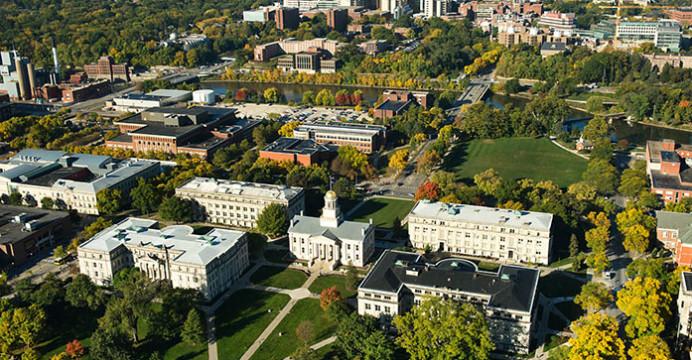Sydney Newton
[email protected]
In today’s campus environment, college students are changing and clamoring for progress constantly, as the results of a recent study done by researchers from UCLA on college freshmen can attest. The study is the biggest of its kind, with numbers from more than 140,000 full-time first-year students at 200 four-year institutions. The results show just how much student involvement has grown.
Approximately 5 percent of all freshmen in 2014 indicated that there’s a “very good chance” that they would participate in student protests, and in 2015, that figure increased to 8.5 percent of students. That is the highest level recorded for the study since it started in 1967.
Student protests on campuses are becoming more and more common. Just in the past few days, the president of Providence College signed an agreement of commitment to create a more equitable, diverse, and inclusive environment after a 13-hour sit-in. These sorts of agreements didn’t happen even a few years ago.
RELATED: Women aren’t sexist just because they don’t support Hillary Clinton
This huge rise in the interest of protesting could be attributed to a combination of the desire for social change and the power that can come from students sticking together. Along with these two things, social media have played a big part, too.
Students are more connected than ever, using Twitter and Facebook to spread the word about injustice. They are able to share stories and ideas and coordinate with others to have more effective protests. They didn’t have these resources 30 years ago. It makes for an easier start on campuses.
Students are being exposed to issues more frequently even if they don’t want to be. It’s common to see something in the news about a debate that protest has caused. The protest at the University of Missouri this past year was so powerful that it led to the resignation of the university’s president. This was ground-breaking; this showed how strong the power of students can actually be.
The number of students who are willing to protest for change is very important to recognize; 41.2 percent want to “help promote racial understanding,” while 43.9 percent “want to influence social values.”
I believe these numbers will be even more significant as the election comes near. If these numbers are this high in 2015, I imagine they will continue to grow in 2016.
According to the data, 20.3 percent of white students and 32.5 percent of black students feel that influencing the political structure represents a “very important” personal goal. This is important when it comes to candidates’ stances on many issues, but especially on police brutality and oppression. Students are paying more attention and speaking out when they don’t agree with how things are done in our country.
Students have proof now that change can happen; they just have to get involved in the process. This doesn’t mean that previous efforts to enact social change should be ignored or undermined. This should be a revolutionary sign that we can now do even more now. Not only in the form of protesting but caucusing, voting, and similar actions.
College students are seeing change firsthand and are now more motivated than ever to get their voices heard. And the country is, (most of the time) willing to listen and respectfully pay attention. College administrations are also willing to respond with action and not just words. They realize how important these social issues are becoming to students. More broadly, it’s clear that older generations now know how influential college students can be. With the election well on its way, this is monumental.



